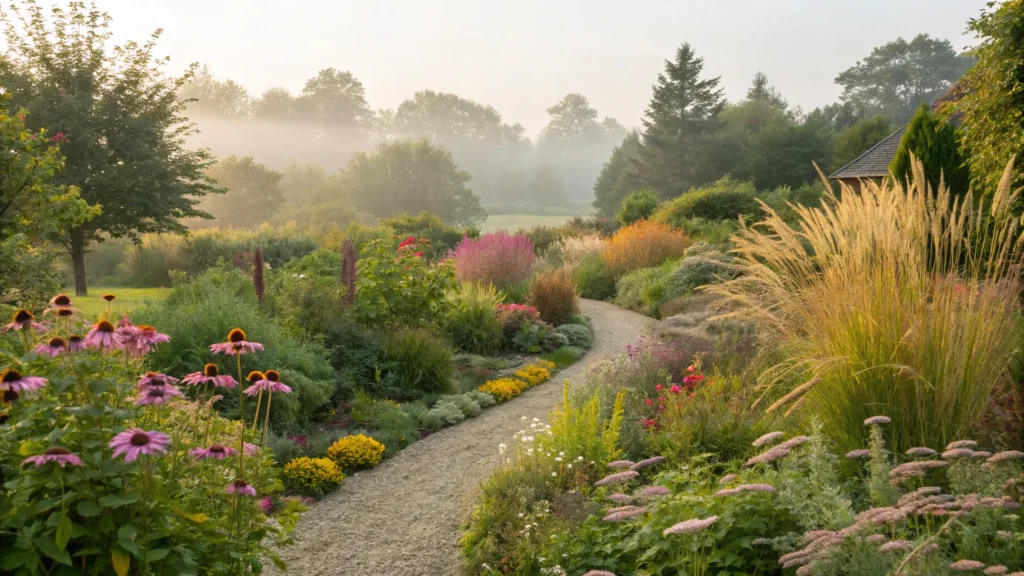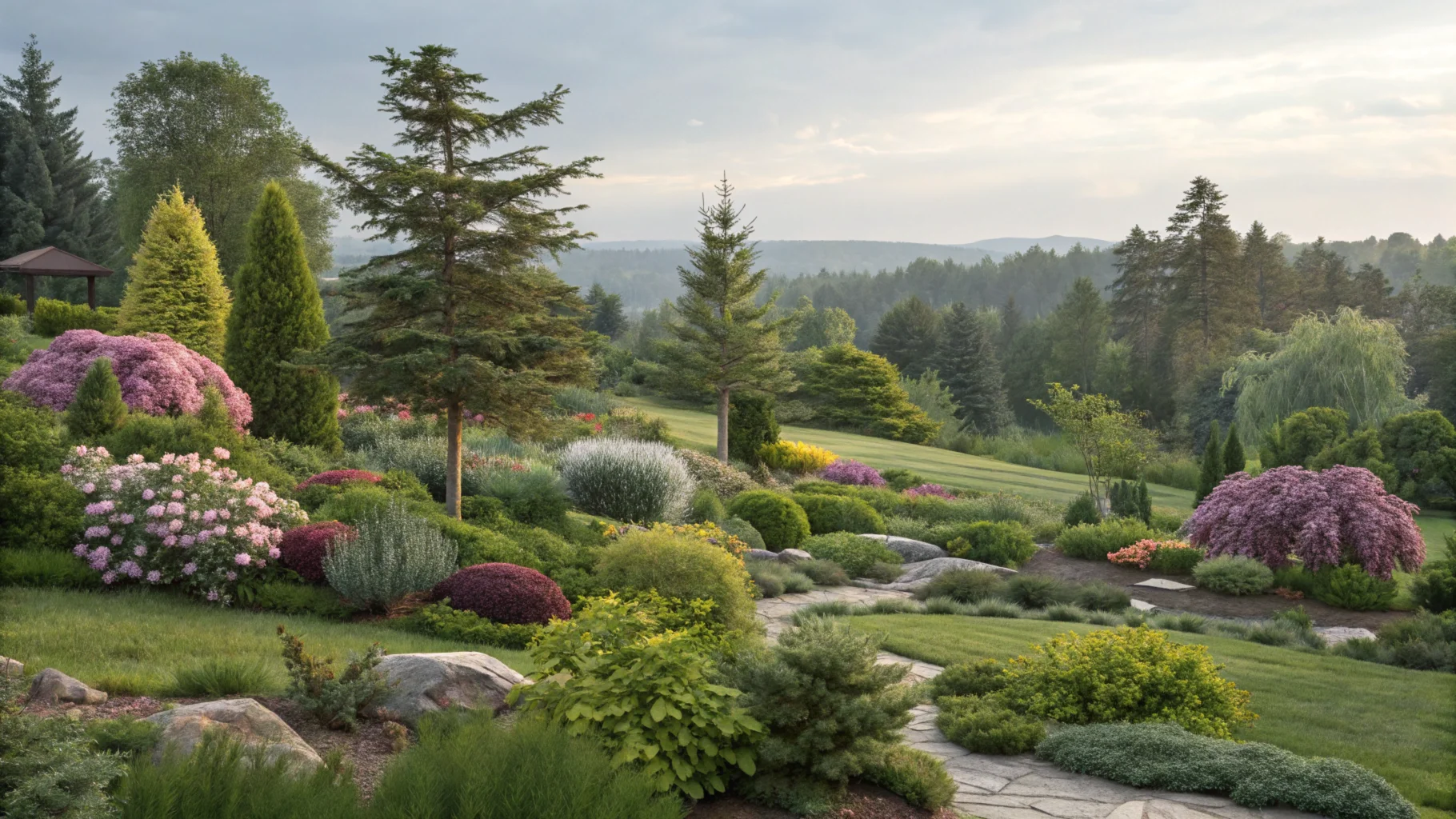The new Piet Oudolf borders at RHS Wisley are a masterclass in planting design, offering valuable lessons for both home gardeners and professionals. Whether you have a sprawling garden or a cozy yard, Oudolf's naturalistic planting style can transform your space into a vibrant, dynamic landscape.
Lesson 1: Understanding Naturalistic Planting
Naturalistic planting is an artistically stylized version of natural habitats. It involves combining plants that thrive naturally in your area and arranging them in patterns that mimic their natural growth. This approach reduces the need for intensive gardening care, making it a sustainable and low-maintenance option.
Lesson 2: Block Planting vs. Matrix Planting
Oudolf's designs often feature a mix of block and matrix planting. Block planting involves large groups of the same plant, creating bold, eye-catching displays. Matrix planting, on the other hand, is like a fruitcake—an initial matrix of one plant (often ornamental grasses) forms the base, with other plants threaded through to add color and texture.
Lesson 3: Designing for Slopes
The new Oudolf borders at RHS Wisley feature a curving path that snakes up a hill, immersing visitors in the planting from all sides. This design not only enhances the visual experience but also makes the garden more accessible. If you have a sloping garden, consider a zig-zag path to slow down visitors and offer multiple viewpoints.
Lesson 4: Repetition and Contrast

Oudolf's borders are a lesson in repetition and contrast. Repeating plant species across the landscape creates a cohesive look, while contrasting shapes, colors, and textures add visual interest. This approach ensures that there's always something to catch the eye, no matter the season.
Lesson 5: Wildlife and Biodiversity
Naturalistic planting is not only beautiful but also beneficial for wildlife. The dense planting provides habitat and food for pollinators and other creatures. By choosing plants that are good for pollinators and leaving seedheads over winter, you can create a garden that supports biodiversity.
Creating Your Own Oudolf-Inspired Garden
To create a small-scale version of Oudolf's style, start with a background grass and add perennials for color. Focus on the structure and architecture of the plants rather than just the flowers. This will give your garden long-term impact and reduce the need for constant maintenance.
Maintaining a Naturalistic Garden
One of the benefits of naturalistic planting is the reduced need for traditional border maintenance. Instead of dead-heading and cutting back, you can leave plants standing until late winter, providing shelter and food for wildlife.
This approach also means less watering and fertilizing, making it a sustainable choice.
By embracing these principles, you can create a beautiful, sustainable garden that brings a touch of Oudolf's magic to your own space.
